The Ultimate Guide to European Holidays: Discovering Hidden Gems Across the Continent
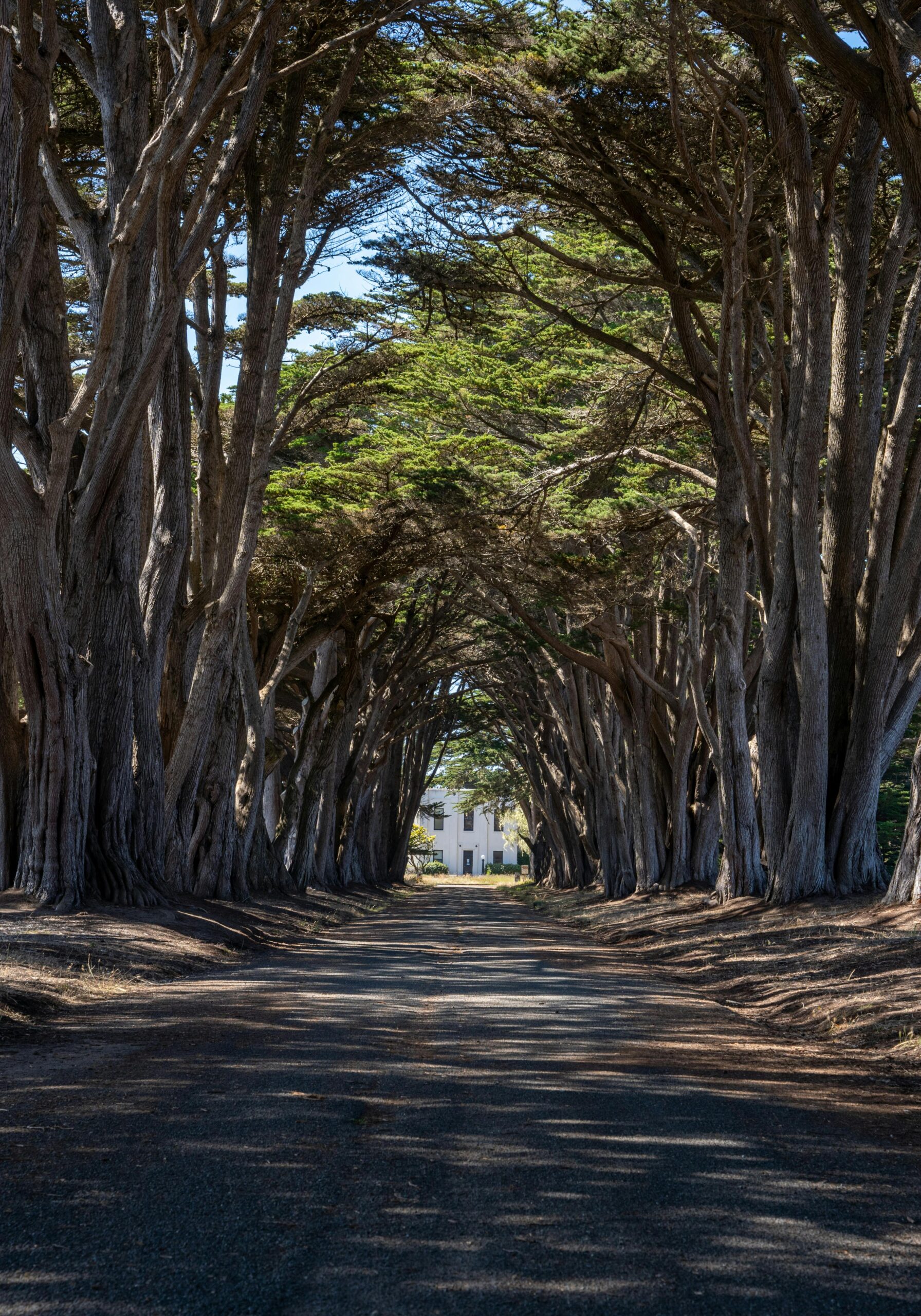
There's something magical about stepping off a train in a place where the streets have no names on Google Maps, where the locals look genuinely surprised to see a tourist, and where you realize you've stumbled upon something truly special. After fifteen years of chasing European holidays from the bustling squares of Rome to the quiet fjords of Norway, I've learned that the continent's most extraordinary experiences aren't found in guidebooks—they're hidden in plain sight, waiting for travelers brave enough to venture beyond the obvious.
The truth is, while millions flock to Paris, London, and Barcelona each year, Europe's real treasures lie tucked away in medieval villages perched impossibly on clifftops, in thermal springs bubbling in remote highlands, and in coastal towns where fishing boats still outnumber tour buses. These hidden gems don't just offer respite from crowds—they offer something far more valuable: authentic connection with the soul of Europe.
Why Chase the Unknown on Your European Holidays?
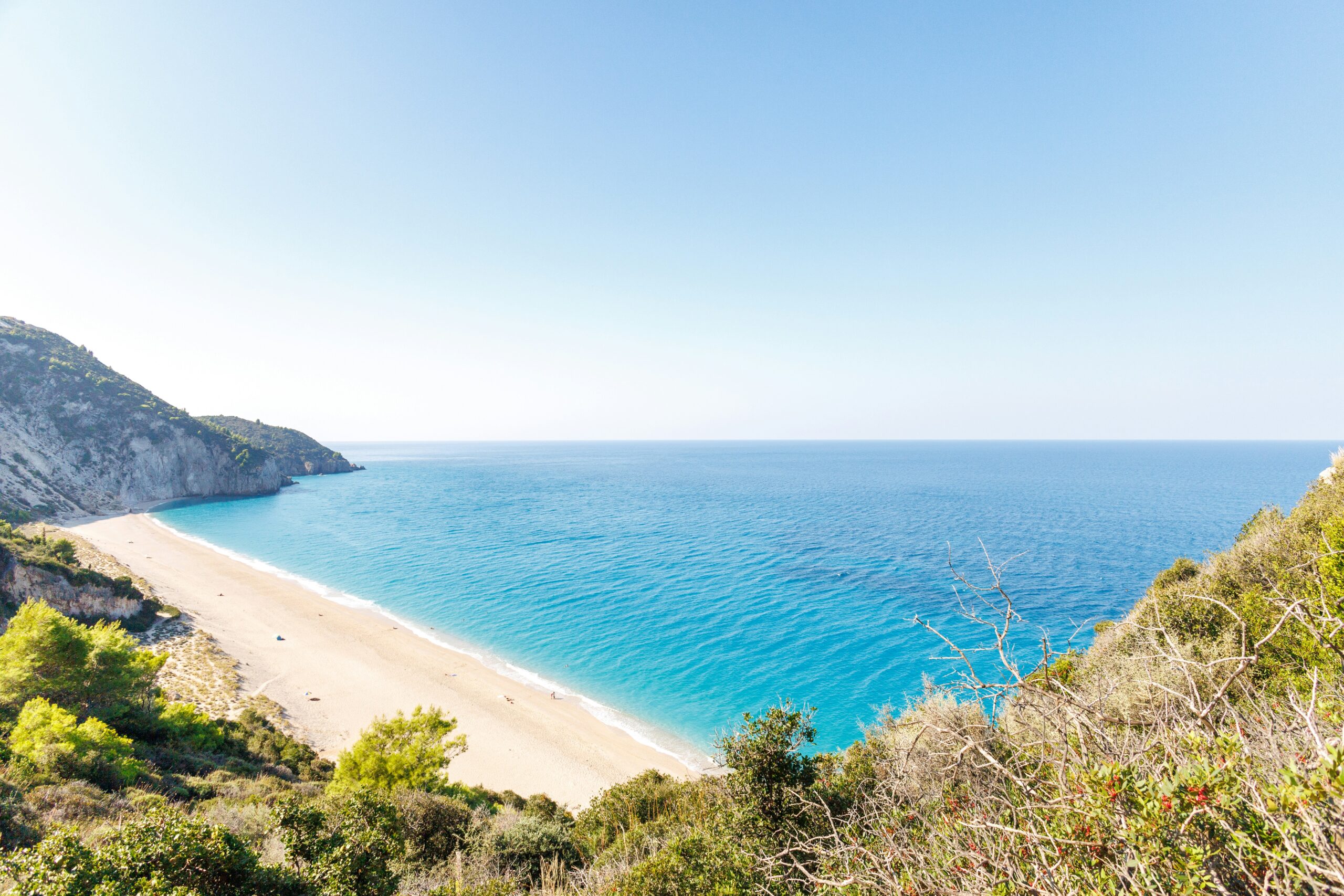
I remember standing in the narrow streets of Pietrapertosa in Italy's Basilicata region, watching the morning mist lift from the valley below while church bells echoed off ancient stone walls. Not a single other tourist in sight. Compare that to my experience fighting through shoulder-to-shoulder crowds at the Trevi Fountain just weeks earlier, and you'll understand why discovering Europe's hidden corners has become my obsession.
These lesser-known destinations offer everything their famous counterparts do—stunning architecture, rich history, incredible food, and unforgettable experiences—but with something extra: the feeling that you're experiencing them as they were meant to be experienced. When you're one of only a handful of visitors exploring a medieval castle or chatting with a local baker about her grandmother's recipe, you're not just taking a holiday—you're stepping into a story.
The best European cities to visit in April through December each offer their own seasonal magic, but it's in these hidden gems where you'll truly feel the pulse of each season. Spring wildflowers carpeting remote mountain meadows, summer festivals where you're invited to dance with locals, autumn harvests in family-owned vineyards, winter markets where the mulled wine is made by the same family for generations.
Planning Your Journey Through Time
The beauty of seeking out Europe's hidden gems lies in understanding that travel here isn't just about moving through space—it's about moving through time. Each region tells a different chapter of European history, from the Ottoman influences in the Balkans to the medieval romance of forgotten Italian hill towns.
| Season | Best Destinations | Unique Experiences | Weather |
|---|---|---|---|
| Spring (April-May) | Tallinn, Estonia | Medieval awakening, fewer crowds | Cool, fresh |
| Summer (June-August) | Culatra Island, Portugal | Private beaches, crystal waters | Warm, sunny |
| Autumn (September-November) | Vipava Valley, Slovenia | Wine harvest, golden landscapes | Mild, colorful |
| Winter (December-February) | Landmannalaugar, Iceland | Hot springs in snow, Northern Lights | Cold, dramatic |
Spring Awakening (April-May)
Some of the best European cities to visit in April are those just emerging from winter's embrace. This is when I fall in love with places like Tallinn, Estonia, where medieval towers pierce through morning fog, and the cobblestone streets glisten with fresh rain. The Old Town comes alive as locals emerge from their winter cocoons, and you can warm up with traditional Estonian black bread and herring while listening to street musicians tune their instruments for the season ahead.
Summer Escapes (June-August)

While everyone else is sweating in Rome's summer heat, I'm diving into the crystal-clear waters around Portugal's Culatra Island in the Algarve. The island is accessible only by boat, and arriving feels like discovering your own private paradise. The beaches stretch endlessly, punctuated only by colorful fishing boats and the occasional local searching for clams at low tide.
Autumn Romance (September-November)
The best European cities to visit in October and November are those where autumn becomes a character in your story. In Slovenia's Vipava Valley, the hills turn golden and red, creating a landscape so reminiscent of Tuscany that you'll forget you're just an hour from Ljubljana. Local wineries open their doors for harvest festivals, and you'll find yourself crushing grapes with your feet while locals share stories passed down through generations.
Winter Wonderlands (December-February)
Contrary to popular belief, some of the best European cities to visit in December aren't the obvious Christmas market destinations. Instead, venture to Iceland's Landmannalaugar, where geothermal springs create natural hot tubs in a snow-covered wilderness. Or discover the best European cities to visit in February, like Durham, England, where the Norman cathedral stands majestically against winter skies, and cozy pubs offer refuge with locally brewed ales.
Italy's Secret Corners
Pietrapertosa: Where Fairy Tales Come Alive
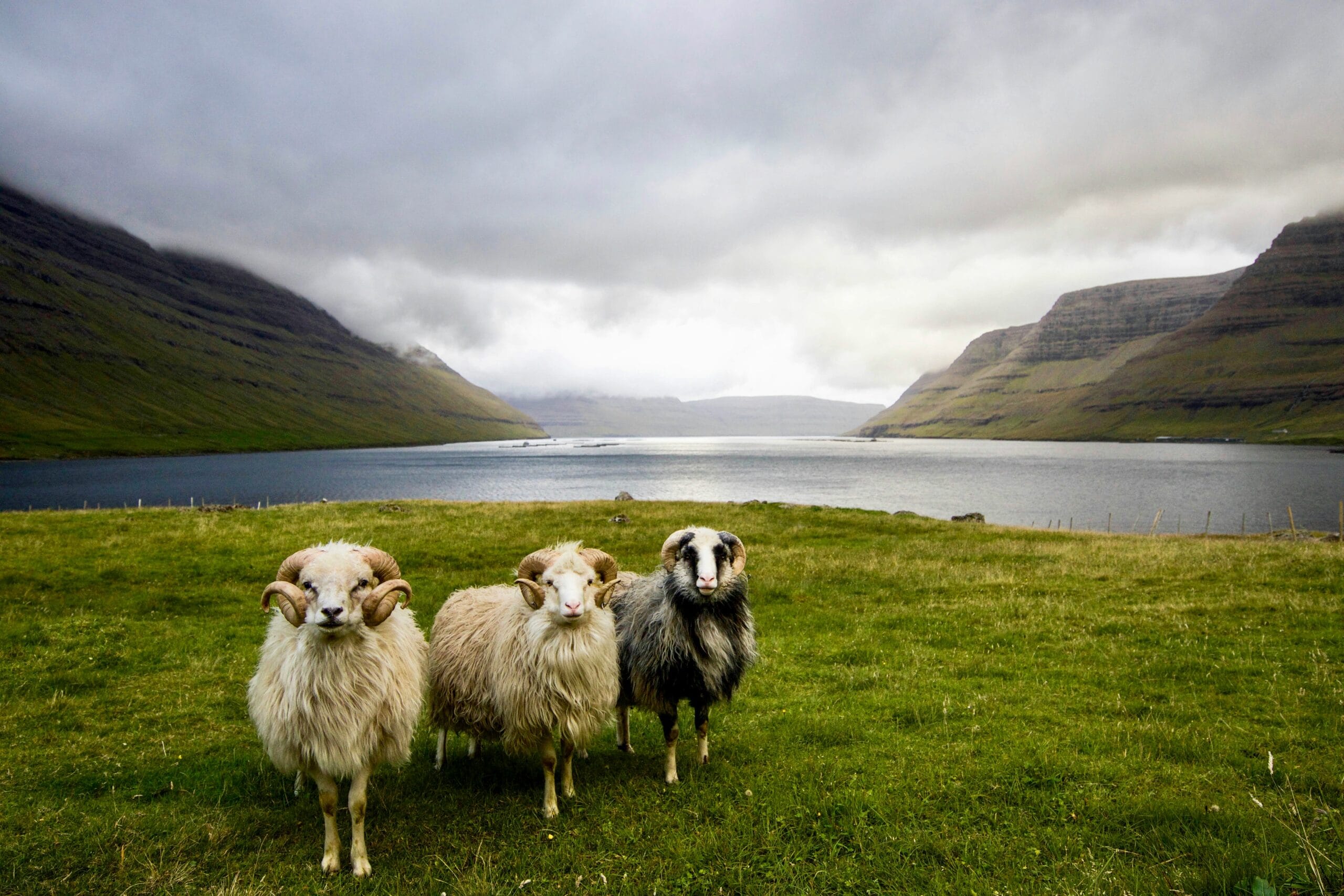
Driving up the winding mountain roads to Pietrapertosa feels like ascending into a children's storybook. This tiny village in Basilicata clings to rocky outcrops 1,088 meters above sea level, its medieval stone houses seeming to grow directly from the mountain itself. Walking through its narrow alleys at sunset, with golden light bouncing off ancient walls, I felt transported to another century entirely.
The village's crown jewel is its Norman castle, where you can stand on ramparts and gaze across valleys that stretch endlessly toward the horizon. But it's the small moments that steal your heart: the elderly woman hanging laundry from her window who waves and calls "Buongiorno!" the scent of fresh bread wafting from a hidden bakery, the sound of your footsteps echoing off stones worn smooth by centuries of pilgrims.
Bogliasco: Mediterranean Dreams
Just a short train ride from Genoa lies Bogliasco, a pastel-painted fishing village that feels like the Mediterranean of your dreams. The town cascades down to a perfect pebble beach, where colorful boats bob in the harbor and local families gather for evening strolls along the waterfront.
I spent an afternoon watching local fishermen repair their nets while their wives prepared the day's catch at waterfront restaurants. The simplicity was intoxicating—fresh fish, local wine, and conversation that flowed as naturally as the waves against the shore.
Portugal's Coastal Secrets
The Algarve's Hidden Islands
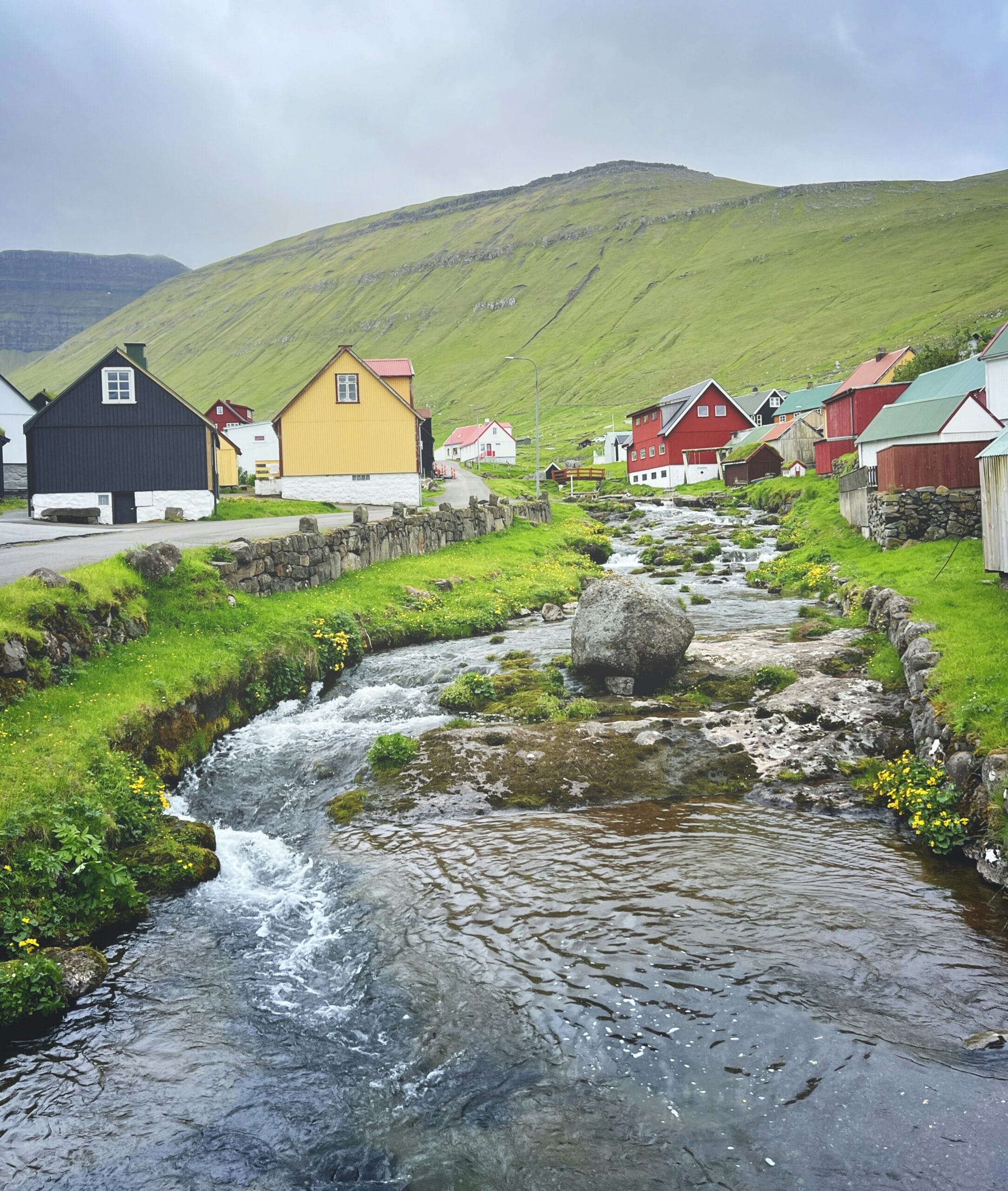
While most tourists crowd the popular beaches of Lagos and Albufeira, the real magic of Portugal's southern coast lies in the Ria Formosa Nature Reserve. Here, barrier islands like Culatra and Farol offer pristine beaches accessible only by boat, where flamingos wade through salt marshes and traditional fishing communities maintain their ancient way of life.
Taking the morning ferry to Culatra Island, I was struck by the silence—no car engines, no construction noise, just the gentle lapping of waves and the cry of seabirds. The island's single village consists of cube-shaped fishermen's houses painted in blues and whites that mirror the sky and sea. Lunch was grilled sardines fresh from the morning's catch, eaten with my feet in the sand while local children played football nearby.
Spain's Hidden Treasures
Cornago: A Pilgrimage Through Time
In the rolling hills of La Rioja, the tiny village of Cornago offers a glimpse into medieval Spain that feels untouched by modern times. The romanesque Church of Saint Peter dominates the village center, its ancient stones telling stories of pilgrims who passed through on their way to Santiago de Compostela centuries ago.
Walking through Cornago's streets, I encountered stone houses with wooden balconies weathered by time, family vineyards where techniques haven't changed in generations, and a silence so profound it felt sacred. This is where you understand that the best European holidays aren't always about seeing famous sights—sometimes they're about feeling the weight of history beneath your feet.
Cuenca: Hanging Between Earth and Sky
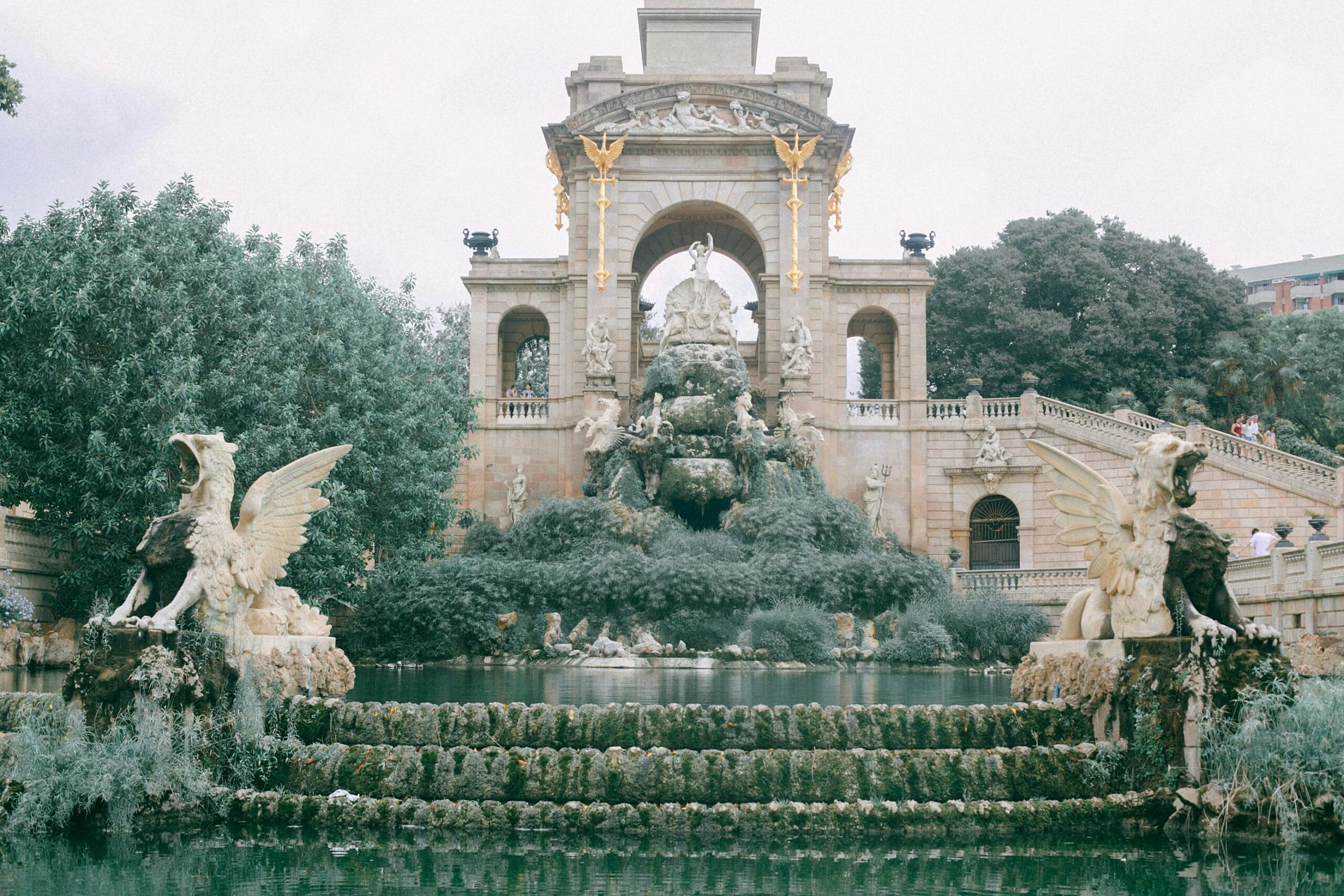
Approaching Cuenca for the first time is breathtaking in the most literal sense. The famous "casas colgadas" (hanging houses) appear to defy gravity, perched on limestone cliffs that plunge dramatically into the gorge below. This UNESCO World Heritage site feels like a city suspended between earth and sky, where every window offers a view that belongs in an art museum.
I spent hours wandering the medieval streets, marveling at how the colorful houses seem to grow from the very rock face. The sensation of standing on balconies that hang over the abyss is simultaneously terrifying and exhilarating—a perfect metaphor for the leap of faith that the best travel experiences require.
Britain's Best-Kept Secrets
Whitby: Where Gothic Romance Meets Sea Air
The Yorkshire coast town of Whitby captured my imagination long before I arrived, thanks to Bram Stoker's "Dracula." But nothing prepared me for the reality of climbing the 199 steps to St. Mary's Church, with the ruins of Whitby Abbey silhouetted against dramatic North Sea skies.
The town below bustles with fishing boats returning with the day's catch, and the aroma of fish and chips mingles with salt air. Walking along the harbor at sunset, with seagulls calling overhead and the abbey's Gothic arches framing the horizon, I understood why this place has inspired writers and artists for centuries.
Rye: A Medieval Time Capsule
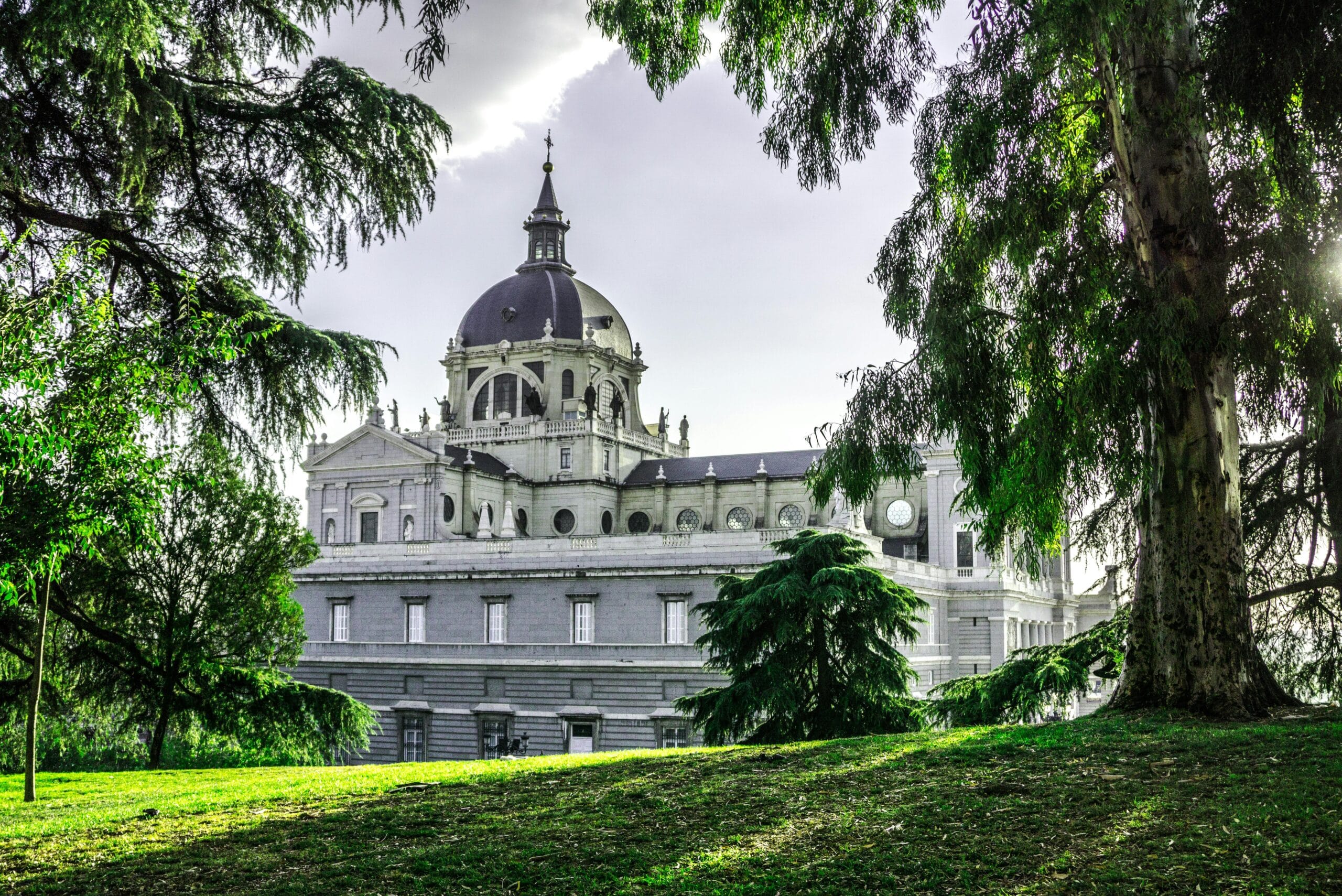
Rye's cobblestone streets and half-timbered houses make it feel like a film set, but this is authentic medieval England preserved in amber. The famous Mermaid Street, with its steep cobblestone gradient and Tudor buildings leaning at impossible angles, has become Instagram-famous for good reason—it's impossibly picturesque.
I stayed at the historic Mermaid Inn, where smugglers once planned their midnight runs and secret passages still connect rooms. Waking up to church bells and opening diamond-paned windows to mist-shrouded streets felt like stepping into a historical novel.
Nordic Adventures Off the Beaten Path
Porvoo: Finland's Romantic Soul
Just an hour from Helsinki, Porvoo feels like Finland's best-kept secret. The Old Town's wooden houses, painted in warm reds and yellows, line the Porvoonjoki River like something from a fairy tale. Walking across the medieval bridge at sunset, with the cathedral's distinctive green copper domes reflecting in the water below, I felt transported to a gentler time.
The town's artisan chocolatiers and antique shops occupy buildings that date back to the 15th century, and every café seems to occupy a former merchant's house with low ceilings and impossibly thick walls. This is where you slow down, sip coffee that could wake the dead, and watch Finnish families stroll leisurely along riverfront paths.
Tallinn: Medieval Magic in the Modern World
Estonia's capital offers one of Europe's best-preserved medieval Old Towns, where cobblestone streets wind between Gothic spires and merchants' houses that have weathered seven centuries of Baltic storms. But it's not just a museum—this is a living, breathing city where tech startups operate from buildings where medieval guilds once gathered.
Climbing to the upper town at twilight, with the Baltic Sea stretching to the horizon and church bells marking the hour, I felt the weight of history and the pulse of modern Europe in perfect harmony. The contrast is intoxicating: medieval architecture housing cutting-edge restaurants, ancient city walls protecting vibrant nightlife districts.
Alpine Adventures and Mountain Magic
Vipava Valley: Slovenia's Tuscan Dream

Slovenia's Vipava Valley offers landscapes so reminiscent of Tuscany that you'll do a double-take at your GPS. Rolling hills covered in vineyards stretch toward the Julian Alps, while traditional stone villages cling to hilltops that have watched over this fertile valley for millennia.
I spent magical afternoons paragliding over the valley, watching the Vipava River wind through emerald fields below while medieval church towers marked ancient settlements. Landing in a vineyard where the winemaker invited me to taste wine made from grapes grown in soil tended by his family for eight generations felt like discovering the true soul of European hospitality.
Landmannalaugar: Iceland's Geothermal Paradise
In the remote highlands of Iceland lies Landmannalaugar, a geothermal wonderland that redefines what we think of as European landscapes. Multicolored mountains in shades of red, yellow, and green surround natural hot springs where you can soak while snow-capped peaks reflect in crystal-clear lakes.
Reaching Landmannalaugar requires a bone-jarring drive through lava fields and river crossings that feel like adventures to the edge of the world. But stepping into those hot springs after a day of hiking through otherworldly landscapes—with the Northern Lights dancing overhead if you're lucky enough to visit in winter—is an experience that reshapes your understanding of what European holidays can offer.
Balkan Gems: Europe's Final Frontier
Lake Komani: Albania's Hidden Fjord
The ferry journey across Albania's Lake Komani is often called the most beautiful boat ride in Europe, and after experiencing it myself, I understand why. The lake cuts through the Albanian Alps like a knife, creating fjord-like landscapes that rival anything Norway has to offer.
The three-hour journey passes through waters so still they perfectly mirror limestone peaks that rise dramatically on both sides. Traditional mountain villages cling to impossible slopes, accessible only by boat, where time seems to have stopped somewhere in the last century. This is raw, untouched Europe—the kind of landscape that reminds you why you fell in love with travel in the first place.
Perast: Montenegro's Romantic Masterpiece
On the shores of Kotor Bay sits Perast, a tiny town of baroque palaces and ancient churches that feels like Montenegro's love letter to the Mediterranean. With just one main street running along the waterfront, the entire town can be explored in an afternoon, but its beauty will haunt your dreams for years.
The town's crown jewels are two tiny islands just offshore—one natural, one man-made over centuries by locals dropping stones into the bay. Taking a traditional boat to Our Lady of the Rocks island, with its blue-domed church rising from waters so clear you can see ancient stones on the bottom, felt like participating in a ritual that connects centuries of Balkan history.
France's Secret Riviera
Port Grimaud: The Venice of Provence
Created in the 1960s as a modern interpretation of traditional Provençal fishing villages, Port Grimaud proves that not all hidden gems are ancient. This car-free town of canals and bridges, where every house has its own boat mooring, offers a dreamlike vision of Mediterranean living.
I spent enchanted evenings dining at waterfront restaurants where local jazz musicians performed while traditional fishing boats bobbed in the harbor. The setting sun painting the canal houses in shades of gold and pink created a scene so perfect it felt almost surreal—yet this is daily life in one of France's most romantic hideaways.
Seasonal Strategies for European Adventures
Understanding when to visit Europe's hidden gems can transform good trips into extraordinary ones. Each season offers its own magic, but timing your visit right can mean the difference between having a place to yourself and sharing it with unexpected crowds.
Spring Revelations
The best European cities to visit in April are those just waking up from winter's slumber. This is when I love exploring places like Durham, England, where daffodils blanket the cathedral grounds and the river Wear reflects Gothic architecture in perfect clarity. The weather is crisp but not cold, perfect for long walks through medieval streets without the summer crowds.
Summer Solitude
While everyone heads to the Mediterranean coast, I seek out the best European cities to visit in summer that offer cooling alternatives. The geothermal springs of Landmannalaugar provide natural air conditioning, while Estonia's Tallinn offers white nights and Baltic breezes that make exploring medieval streets a pleasure rather than an endurance test.
Autumn Glory
The best European cities to visit in October and November transform into landscapes painted by master artists. Slovenia's Vipava Valley erupts in colors that rival New England's famous foliage, while harvest season means wine tastings, truffle hunts, and festivals celebrating local traditions that haven't changed in centuries.
Winter Wonders
Some of the best European cities to visit in December and February offer experiences impossible at any other time of year. Soaking in Iceland's hot springs while snow falls around you creates memories that last lifetimes, while cozy English pubs in places like Rye offer refuge from winter storms with warm fires and locally brewed ales.
Making Connections That Last
The real magic of exploring Europe's hidden gems isn't just in the places themselves—it's in the connections you make along the way. In small towns and remote villages, travelers are still novelties, and locals often approach with genuine curiosity about your journey.
I've shared homemade wine with Albanian mountain farmers, learned traditional Estonian folk songs from Tallinn street musicians, and joined harvest celebrations in Slovenian vineyards where I was the only foreigner. These experiences don't happen in crowded tourist destinations—they require the courage to venture where guidebooks fear to tread.
The conversations I've had in village squares, the meals I've shared in family-run restaurants, and the invitations I've received to local festivals have shaped my understanding of Europe far more than any famous monument ever could. This is travel at its most transformative—when you return home not just with photos, but with perspectives that have fundamentally changed how you see the world.
For more travel inspiration and detailed guides to Europe's hidden gems, visit my travel blog where I share in-depth stories and practical tips from my adventures across the continent.
Your Adventure Awaits
Europe's hidden gems offer something increasingly rare in our interconnected world: the chance to discover something truly new. While the internet has mapped every corner of our planet, there are still places where magic lives in narrow medieval streets, where traditions survive unchanged, and where travelers can experience the profound joy of genuine discovery.
Your next European holiday doesn't have to follow the well-worn path from one famous sight to another. It can be an adventure into the unknown, a journey through time, and a collection of experiences that no one else will have quite the same way you do.
Pack light, bring your sense of adventure, and prepare to fall in love with a Europe that exists far from the postcards and Instagram feeds. The continent's best-kept secrets are waiting for travelers brave enough to seek them out—and once you've tasted the magic of authentic discovery, you'll never want to travel any other way.
These places aren't just destinations; they're doorways to experiences that remind us why we travel in the first place. Whether you're seeking the romance of medieval villages, the thrill of dramatic landscapes, or the simple pleasure of sharing a meal with locals who welcome you like family, Europe's hidden gems offer adventures that will reshape your understanding of what travel can be.
For comprehensive travel planning resources and booking assistance, consider exploring Lonely Planet's Europe guide to complement your off-the-beaten-path discoveries with practical travel information.
The only question left is: which secret will you discover first?
